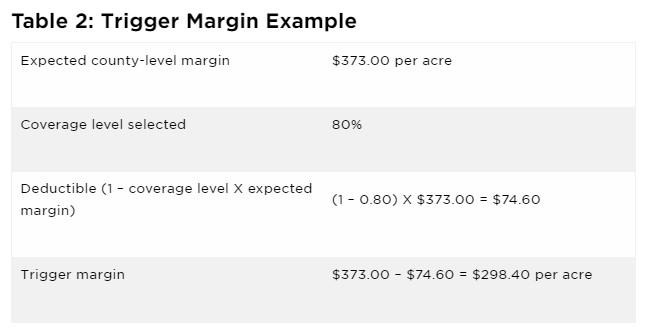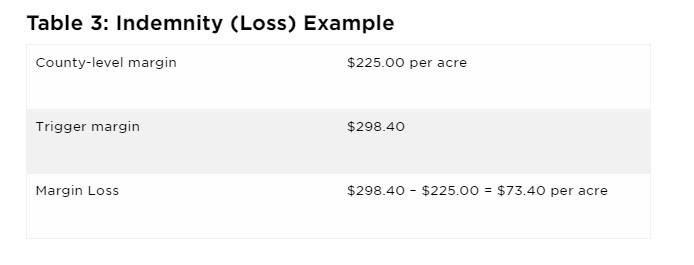By Jana Rose Schleis
Brent Sinkula has been operating the Irish Acres dairy farm for 12 years. Before that, it was his father's farm, and his home.
"Since I was 5 years old, I was out there feeding calves and helping out," Sinkula said.
As president of the Manitowoc County Farm Bureau, Sinkula understands the challenges Wisconsin dairies are facing. The changing dairy market has made it more difficult for small and mid-sized farms to continue.
Small dairy farms with fewer than 200 cows can survive, Sinkula said, because a single family can run them without the expense of hiring outside labor. And large farms, those with more than 1,000 cows, can afford to hire help because their size means more profit.
At around 400 milking cows, Irish Acres falls somewhere in between.
That middle seems to be kind of falling out"That middle seems to be kind of falling out," Sinkula said, "and that's kind of where I am."
Without plans to expand the dairy, Sinkula was looking for another way to maintain the family farm. In 2018, an energy company approached him interested in renting 500 acres, about a third of his land, to install solar energy panels.
For Sinkula, hosting solar panels on his land provides a financial safety net for the farm. He's not the only farmer to make similar arrangements. Farmers have what solar energy companies need: land. Across the state, partnerships between dairy farms and energy companies are increasing, changing the landscape and providing farmers extra revenue in a sometimes unpredictable market.
That unpredictability can take the form of a yearslong dip in milk prices, or unfortunate weather. Wisconsin had record-setting rainfall in 2018 and 2019, increasing the challenges farmers faced.
"We were just fighting to get the crops off, getting stuck, breaking axles on wagons, I mean, all kinds of problems," Sinkula said. "And then you get off a crop that's lower quality that you have to spend more money to dry."

Cows graze near a field of solar panels Thursday, Aug. 18, 2022, in Two Creeks, Wis. Angela Major/WPR
That's when lawyers for NextEra Energy offered Sinkula and his father, who owns adjoining property, a 30-year lease for use of their land.
Four years later, the cows on Irish Acres dairy graze right next to rows and rows of glistening photovoltaic panels absorbing the sun's rays.
Solar farm growth along Wisconsin's lakeshore part of a national move toward renewable energy
Sinkula's farm is located in the small, lakeshore town of Two Creeks, nestled between Manitowoc and Door County.
After the Sinkulas began working with the solar developers, at least four other landowners followed. NextEra Energy has developed two large-scale solar farms in Two Creeks.
The growth of renewable energy is not just a statewide trend; it's nationwide. The U.S. recently reached 20 percent renewable energy generation, according to the U.S. Energy Information Administration. And in Wisconsin, due to advanced technology and declining costs, most of that growth is happening in solar.
"A lot of the companies in the United States that practice in the renewables area have shifted a lot of their efforts to large-scale solar design," said James Tinjum, who researches environmental sustainability and renewable energy at the University of Madison-Wisconsin. "The economics has, in the last decade, made it possible."
According to Wisconsin Public Service, which along with Madison Gas and Electric now owns the lakeshore solar farm, the Two Creeks Solar Park contains approximately 500,000 solar panels spread across 800 acres capable of producing 150 megawatts of energy, enough to power 45,000 homes.
A second project came online from Two Creeks last year. The Point Beach Solar Energy Center spans over 450 acres and has the ability to produce 100 megawatts of energy, the amount approximately 25,000 homes require.
Despite new projects in Two Creeks and elsewhere, Wisconsin significantly trails neighboring northern states like Michigan and Minnesota in renewable energy development.
Tinjum said it's partly because Wisconsin's farms tend to be divided into smaller plots of land. In states like Iowa and Minnesota, vast, thousand-acre farms growing corn or grains are more common than Wisconsin's smaller dairy farms, which can make large-scale leasing easier.

Dairy cows are kept near the fields of solar panels Thursday, Aug. 18, 2022, in Two Creeks, Wis. Angela Major/WPR
Energy infrastructure can help communities pay the bills
Lee Engelbrecht has been Two Creeks town chairman for over a decade. He's been a public servant for his tiny hometown for over 40 years.
"Two Creeks is only half the size of a regular town," Engelbrecht said. "The other half, I always say, is out in Lake Michigan."
Since the 1970s, Two Creeks has also been home to the Point Beach Nuclear Plant. Large-scale transmission lines cut across the northeast Wisconsin communities. Many of them were installed decades ago to connect to the power plants along the Great Lake.
The town and the county receive utility tax payments for hosting energy facilities. The influx of revenue from the nuclear power plant in the 1970s allowed the town to fund a fire department, give residents a property tax break and provide them cable television.
Tinjum said there are three things that make a community ideal to develop energy facilities: transmission capacity, willing landowners and a power purchase agreement.
"You got those three things, you've got a project," Tinjum said.
Existing infrastructure like transmission lines to move the energy is a big reason why energy companies are attracted to Two Creeks, he said.
The town receives around $230,000 annually in tax benefits for the nuclear plant. Now, due to the two large-scale solar farms, it will bring in about $400,000 more.
Engelbrecht hopes the additional money can be used to help maintain the town roads.
We need energy. Everybody wants to go to that light switch and expect it to go on when they flip it on"I think it's good for the town. It's good for the county," Engelbrecht said. "We need energy. Everybody wants to go to that light switch and expect it to go on when they flip it on."
New energy facilities sometimes receive pushback from residents
Not everyone is happy the solar farm has been built in Two Creeks. Sinkula has gotten some negative responses from neighbors.
At a local farm bureau meeting, he was asked by another farmer if he could put a price on the cost of the negative feelings the solar projects spurred.
"I told him point blank, there's no dollar value you can put on that. I said, just prepare for some backlash," Sinkula said.
Click here to see more...